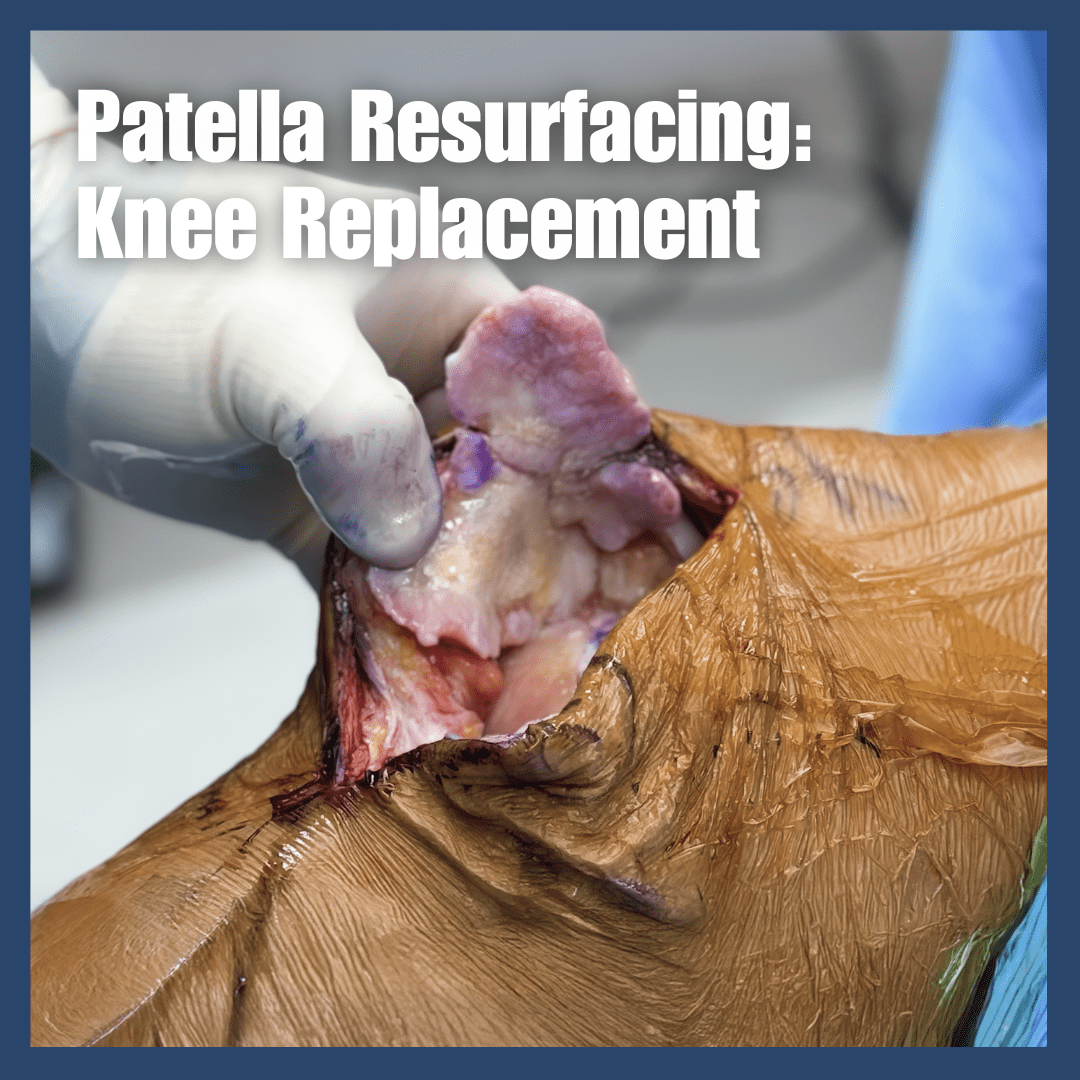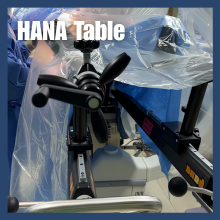Patellar Dislocation
Patellar (kneecap) dislocations occurs mostly in younger athletes, with most of the dislocations occurring to the outside of the knee (laterally). Patellar dislocations are associated with significant pain and swelling around the knee. Most often the patella spontaneously “goes back into place” as the individual extends the knee in response to the sudden pain and instability. If spontaneous relocation does not occur, the patella can be manually realigned (as seen in video and preferably with appropriate pain control and sedation).
Patellar dislocations are associated with ligament injury and (less commonly) bone fractures. As is the case with all other joints, ligamentous disruption or tearing occurs to allow the kneecap to dislocate. In the case of patellar dislocation, the ligaments on the inside of the knee are the most commonly injured as the kneecap displaces laterally.
Fragments of cartilage and bone can be knocked off of the kneecap or the lateral femoral condyle (thigh bone) during the dislocation/relocation of the knee cap. The fragments can become damaging loose bodies within the joint and require arthroscopic removal. Patellar dislocations can also cause significant quadriceps muscle injury, which can be made worse with subsequent immobility and inactivity due to knee joint effusion and pain.
Causes of Patellar Dislocations
The incidence of acute primary patellar dislocation is 2-3%. Patellar dislocations are often associated with athletes, and are most common in females in the second decade of life. The mechanism of injury usually involves an athlete planting the foot, followed by a rapid change of direction or twisting movement. Dislocation can also be caused by a direct blow to the knee. Preexisting ligament laxity, variant knee anatomy or injury can increase the risk of dislocation. Redislocation rates after conservative management are estimated to be 15-40 percent.
Symptoms of Patellar Dislocation
Typical acute symptoms of patellar dislocation can include:
- Hearing a popping sound when the patella dislocates
- Rapid knee joint swelling
- Extreme pain
- Continued medial (inside) knee pain following relocation
- Discoloration medially at site of ligament injury.
- Sense of instability or apprehension with kneecap movement
Patellar Dislocation Treatment
Nonsurgical Treatment
Normal care of patellar dislocations (when a loose fragment has not been created and realignment is spontaneous or without complication) is the immobilization of the knee for a short period of time (7-10 days). During this time, the swelling and pain typically improve. The healing process requires gradual mobilization of the knee and the patellofemoral joint, and full recovery can usually be expected within a 3-6 week period.
Because a dislocation often damages knee tissue, the patella can remain looser, or more unstable, than it was before the injury. As a result, the patella may dislocate again. Recurrences also are common if the dislocation was caused by an irregularity in the knee structure or increased ligament laxity. Conservative management can take longer with recurrent dislocations and typically includes appropriate rest, hip and thigh muscle strengthening, and sometimes the use of a patellar buttress brace is appropriate (especially during athletic activity).
Surgical Treatment
If your patella dislocates multiple times, or continues to be unstable despite therapy and bracing, surgery may be recommended to correct the problem. The type of surgery will depend on the cause of the kneecap instability. This surgery is most often performed arthroscopically and involves reconstructing the ligaments that hold the patella in place. Repeated dislocation caused by a congenital or other bone deformity may require more complex surgical treatment.
Procedures limited to ligaments and soft-tissue, typically begin rehabilitation within a week and return to activity can be expected as early as six weeks. Procedures that require bone modifications can require a period of relative immobilization and extended recovery time.








